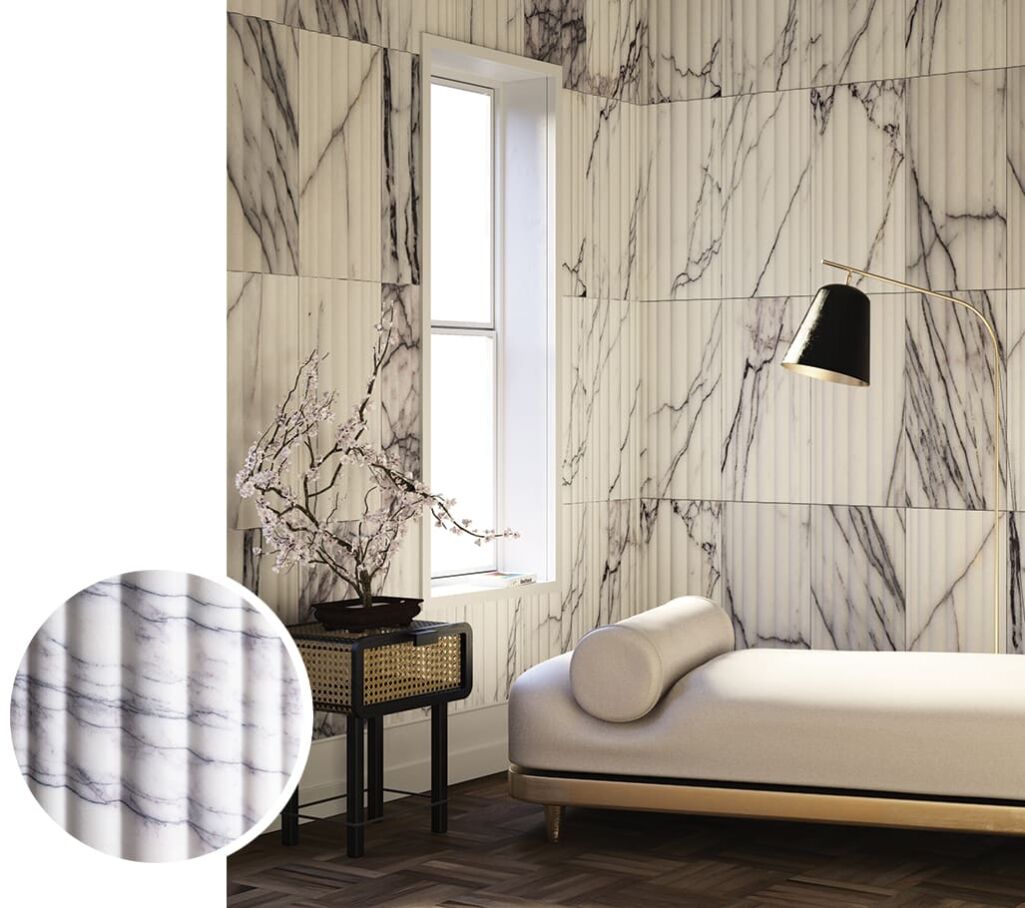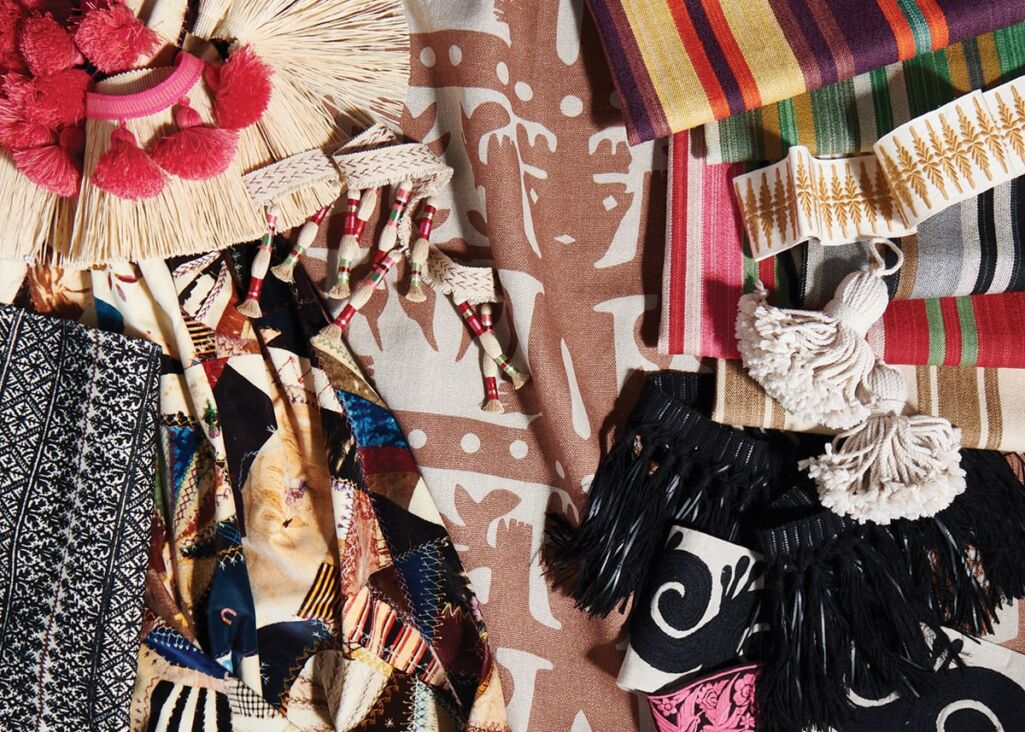Holding Pattern
From jungles to geometry, maximalism takes over.
William Morris, the British Arts and Crafts artist, textile designer, novelist, and social activist who was famous for his botanical prints for wallpaper and fabrics said, “If you want a golden rule that will fit everything, this is it: Have nothing in your houses that you do not know to be useful or believe to be beautiful.” Morris would have been pleased with the portfolio of beautiful, exuberant, and elegant patterns on these pages, because they are both beautiful and useful.
From grisaille botanicals to creatures hiding in the jungle, from subtle geometrics to stripes and florals, pattern can add a pop of color and visual interest to even a minimalist interior. It can be used to direct the eye to a focal point in the room, or to camouflage an unfortunate feature. Pattern can help define a space, add drama, or add energy. It can also help define a room’s style by bringing in elements that are found throughout the decor, such as line, shape, texture, or color. It can be the tool that brings all the disparate pieces together—furniture, window treatments, pillows, rugs—to form a cohesive whole.
The key to using pattern successfully is to find the right balance. The legendary designer Mario Buatta—known as The Prince of Chintz—was a master at blending pattern and color to create beautiful rooms. He was a maximalist who favored English country house style, and the explosion of florals blended with stripes, animal prints, and solids in his rooms felt layered and comfortable rather than headache-inducing.
Scale, color, and texture are the keys to successful use of pattern in interior design. Finding a single throughline that ties all of the choices together and tells a story will make your rooms feel ‘put together’ rather than chaotic.









